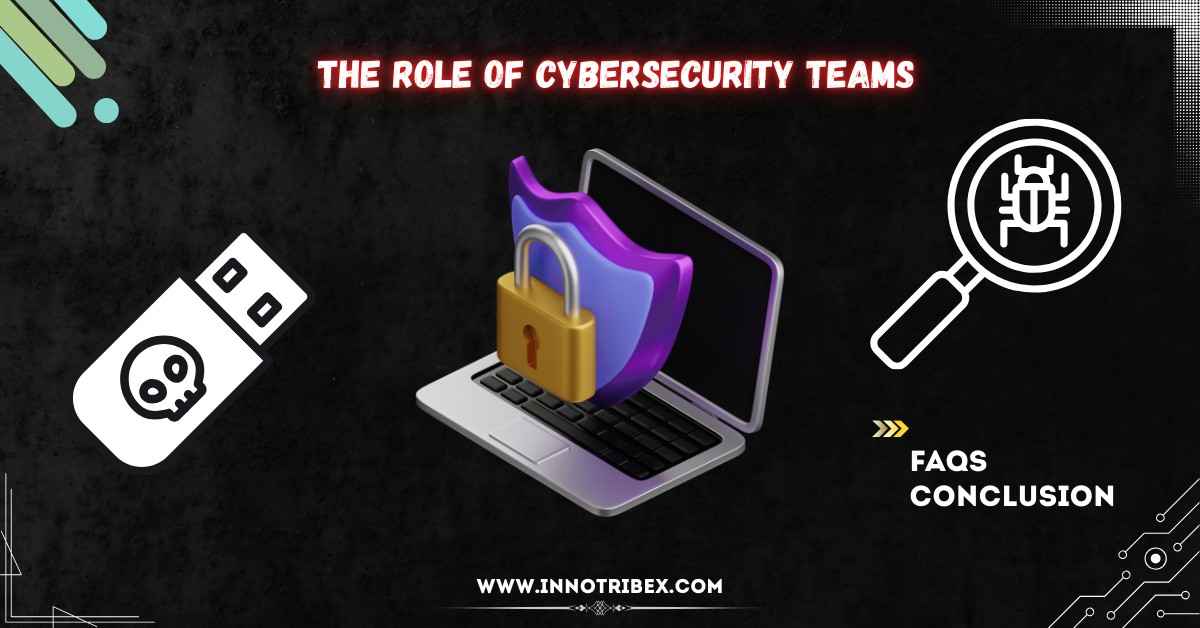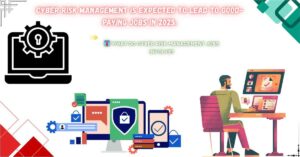The destructive type of Linux malware is spread through evil Go Modules developed by cybercriminals which destroys all system data. This attack forms a larger and sophisticated part of a chain-wide infiltration scheme. According to experts thousands of computers and servers are at risk from this new attack unless it gets stopped promptly.
What Are Malicious Go Modules?
Programming packages named Go modules function within the Go programming language environment. Go modules enable quicker application development by providing pre-existing code blocks for application programmers. The helpful Go packages have turned into destructive attack tools for hackers. The attackers hide malicious code inside Linux malware which they embed into what looks like regular Go Modules within the package upload.
The recently developed form of malware possess the destructive ability to delete or damage all computer data. Such malware functions as a disk-wiping tool due to which it received its name. Organizations that maintain critical files on Linux servers face a severe danger through this malware type.

How the Attack Works
A developer performs the initial step of an attack while downloading a Malicious Go Module. Malicious Go Modules are frequently uploaded on trusted open-source resources so developers mistakenly consider them safe. The malware remains undetected when developers integrate the malicious module into their software projects which results in the automatic installation of the malware on system computers.
Here’s what happens next:
- The module runs hidden code.
- An unauthorized party uses the malware to penetrate the system structure.
- The attack proceeds by deleting files and damaging the hard drive system.
- Certain cases allow this infection to transfer between multiple networked computers.
- Security software finds it difficult to detect the problem at an early stage due to the sophisticated module concealment method.
Different Factors Make This Attack Dangerously Prolific
- Various risks stem from this supply chain attack targeting Malicious Go Modules which make the incident extremely dangerous.
- These modules operate as ordinary code libraries which makes detection difficult. The majority of developers adopt trust in these modules before conducting any verification process.
- Go has gained increasing adoption across different projects. As the Go modules adoption increases within application development the number of targetable applications grows.
- The disk-wiping malware executes from installation and destroys all files which results in business financial loss along with legal complexities for enterprises.
- All users of compromised software projects become targets when their systems receive infections through the supply chain.
- The sophistication of cybercriminals continues to rise as the Malicious Go Modules demonstrate their determination to break into systems through internal means.
Further reading suggestions: Critical GCP Cloud Composer Vulnerability Lets Attackers Exploit Malicious PyPI Packages
Who Is at Risk?
- A risk exists for Software Developers who use third-party Go modules before ensuring they trust the sources.
- The malware specifically attacks Linux platforms therefore Linux Server administrators become targets.
- Open-source projects prefer to use shared modules because of their usage of open-source code.
- Cloud Servers primarily operate with Linux systems while implementing Go-based tools for their functionality.
Real-Life Examples
Multiple impostor Go modules with fake packages have been identified by cybersecurity specialists in public source code libraries. The fake Go modules contained names which were very closely related to actual Go modules. The genuine module carries the name mod-auth but its fake version appears as mod_auth in the scenario.
After their installation the script began to wipe the system’s disk storage. Some attackers developed malicious software which implements a disk reformatted function that erases all system data beyond recovery.
How to Stay Safe
- The protection of your system against Malicious Go Modules can be achieved through these security measures.
- For protection check where the module came from. The installation of libraries and packages should only happen through verified and tested sources.
- Keep your systems updated. The spectrum includes both operating systems and development tools for protection.
- Use endpoint protection. Risk detection becomes possible due to the effectiveness of antivirus and malware protection solutions.
- Check third-party modules through scans before deployment.
- Software bill of materials (SBOM) should be adopted for use in development. Through the tracking system users can monitor every fragment of code that exists within a particular project.

The Role of Cybersecurity Teams
A continuous worldwide effort aims to locate Malicious Go Modules for their removal from internet systems. The experts from cybersecurity teams both identify risks related to unverified code usage and notify businesses alongside developers.
Security teams continue developing new instruments to detect malware inside Go modules. Researchers actively exchange threat alerts to speed up identification of newly discovered harmful package distributions
FAQs
1. What are Malicious Go Modules?
- ANS: Go Modules written in the Go programming language exist as both counterfeit packages and modified versions that hackers use to distribute malware especially on Linux systems. Such tools serve as malware vectors which hackers specifically use to target Linux-based systems.
2. The reason behind hackers choosing Go modules serves as their vehicle for malware distribution.
- ANS: Go modules enjoy widespread use from developers which is why they also gain developer trust. As a result hackers can deceive developers to incorporate Malicious Go Modules within their programs.
3. How do Malicious Go Modules perform harm when used?
- ANS: Users have no way of knowing that these modules contain secret malware except through analysis of their programming language. The code can execute destructive functions such as disk deletion and data theft when executed.
4. This attack targets specific systems within its path of destruction.
- ANS: The malicious malware disseminated through Malicious Go Modules specifically infects Linux-based systems and servers.
5. Creators of Go Modules need to implement security measures which safeguard their codebase against harmful Go Modules.
- ANS: Go module developers must verify their sources explain the use of code-scanning tools and ensure proper secure coding.
6. This malware would generate what harmful effects?
- ANS: The malware has the capability to eliminate all device data while causing hard drive damage and network-wide system contamination which results in substantial financial losses.
7. The cyber-attack stands as a fresh innovation in online security threats.
- ANS: Yes. A supply chain attack through Malicious Go Modules represents a contemporary method that attackers deploy against developers and open-source tools.
Final Thoughts
The rising trend of supply chain attacks through Malicious Go Modules presents a major security issue for developers. These Linux modules operate secretly while being both damaging and dangerous to essential Linux system infrastructure. Developers together with companies need to exercise maximum caution during their usage of open-source code.
Maintenance of systems and verification of sources stands essential along with the use of protective cybersecurity modules for secure operations and maintenance. The most efficient defense strategy involves developing widespread knowledge followed by training sessions and realizing attacks during their early stages.
To defend against evolving cyberattacks we need always maintain lead position. The knowledge of Malicious Go Modules threats helps us implement better protection methods for systems and data storage.




Pingback: 7 Proven Cyber Supply Chain Risk Management Tips